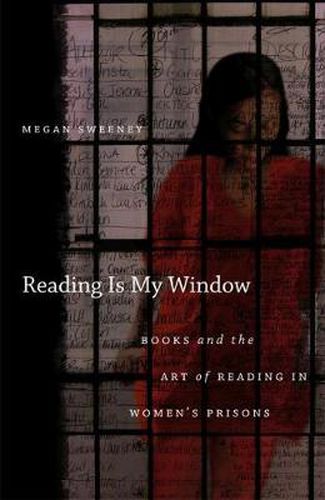Readings Newsletter
Become a Readings Member to make your shopping experience even easier.
Sign in or sign up for free!
You’re not far away from qualifying for FREE standard shipping within Australia
You’ve qualified for FREE standard shipping within Australia
The cart is loading…






Women prisoners gain insight and inspiration through their creative reading practices. Drawing on extensive interviews with ninety-four women prisoners, Megan Sweeney examines how incarcerated women use available reading materials to come to terms with their pasts, negotiate their present experiences, and reach toward different futures. Foregrounding the voices of African American women, Sweeney analyzes how prisoners read three popular genres: narratives of victimization, urban crime fiction, and self-help books. She outlines the history of reading and education in U.S. prisons, highlighting how the increasing dehumanization of prisoners has resulted in diminished prison libraries and restricted opportunities for reading. Although penal officials have sometimes endorsed reading as a means to control prisoners, Sweeney illuminates the resourceful ways in which prisoners educate and empower themselves through reading. Given the scarcity of counseling and education in prisons, Sweeney argues that women use books to make meaning from their experiences, to gain guidance and support, to experiment with new ways of being, and to maintain connections with the world.
$9.00 standard shipping within Australia
FREE standard shipping within Australia for orders over $100.00
Express & International shipping calculated at checkout
Women prisoners gain insight and inspiration through their creative reading practices. Drawing on extensive interviews with ninety-four women prisoners, Megan Sweeney examines how incarcerated women use available reading materials to come to terms with their pasts, negotiate their present experiences, and reach toward different futures. Foregrounding the voices of African American women, Sweeney analyzes how prisoners read three popular genres: narratives of victimization, urban crime fiction, and self-help books. She outlines the history of reading and education in U.S. prisons, highlighting how the increasing dehumanization of prisoners has resulted in diminished prison libraries and restricted opportunities for reading. Although penal officials have sometimes endorsed reading as a means to control prisoners, Sweeney illuminates the resourceful ways in which prisoners educate and empower themselves through reading. Given the scarcity of counseling and education in prisons, Sweeney argues that women use books to make meaning from their experiences, to gain guidance and support, to experiment with new ways of being, and to maintain connections with the world.